Nikon D7000 Review
Nikon D7000
Nikon's mid range, semi-pro digital SLR rival to the Canon EOS 60D takes its TrustedReviews test bow. Can handling and performance match its pre-release hype and £1,000 price?<br />
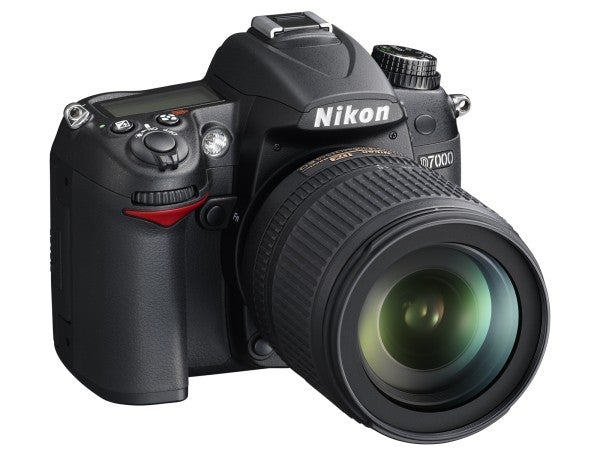
Verdict
Key Specifications
- Review Price: £999.00
Nikon’s enthusiast-targeted competition for the Canon EOS 60D and 7D, Olympus E5, Pentax K-7 et al arrives in the impressively rigid shape and form of this 16.2 megapixel digital leviathan. Sensor size aside, the D7000 digital SLR extends its mid-range appeal via a magnesium alloy body construction, which is moisture resistant and dust sealed to boot, so should withstand occasional mistreatment.
As a nod toward semi pro status it also features twin media card slots so there’s less chance of ‘weekend warriors’ who shoot weddings and the ilk in their spare time getting caught short of storage. Tellingly, it was the first device we reached for when asked to shoulder the responsibility of visually commemorating a friend’s landmark birthday celebrations during our test period.
At just under £1,000 without any lenses (of which Nikon’s system is second only to Canon for choice) the D7000 isn’t an impulse purchase by any means however, and will probably continue to be viewed enviously by those who have outgrown their beginner’s DSLR and are looking to trade upwards. But, if you have got that sort of cash to splurge on your hobby, should it be shoved in the D7000’s direction? For starters we’d recommend spending the £250 extra to get the kit that includes an 18-105mm zoom equipped with Vibration Reduction (VR), the versatile set up we’ve used on test here.
A review of the Nikon’s headline specification finds most of the bells and whistles we’d expect at this price point present and correct, along with some we wouldn’t. We’ve already spotlighted the 16.2 million pixel effective resolution, derived from a Nikon DX format (as opposed to full frame FX format) CMOS sensor. To this is added a see-in-the-dark maximum light sensitivity setting of ISO25600 equivalent, expanded from a ‘basic’ range of ISO100-6400.
We also get a very similar Live View set up to that found on the D3100; the back screen utilised for shot composition as well as image reviewing, with a nudge of a thumb-operated ‘LV’ lever at the back, again ergonomically encircling an obvious (and unmarked) red record button for kick starting the shooting of High Definition video. Thus, the D7000 marks the introduction of Full HD video capture at the enthusiast end of Nikon’s range. Just as on the entry level D3100, ‘movies’ are MPEG4 format and 24 frames per second at maximum quality setting and with mono audio built-in.
The screen itself is the regulation three inches, and its high 920k dot resolution is again no surprise given the already sterling competition in its class. Clarity is such that we were able to use it to help determine whether our manual focusing was as sharp as it should be; useful as the inclination of any auto focus mechanism is to render simply whatever is nearest the sharpest, which is somewhat problematic in busier scenes. Curiously though, the camera doesn’t provide a live histogram to reveal the areas of brightness in an image as you are shooting it. We do get though a top mounted button with which to tweak exposure and monitor the results on the rear LCD. Additionally, there’s a top mounted display window usefully enabling a quick downward glance at whichever other key settings you have selected at the time.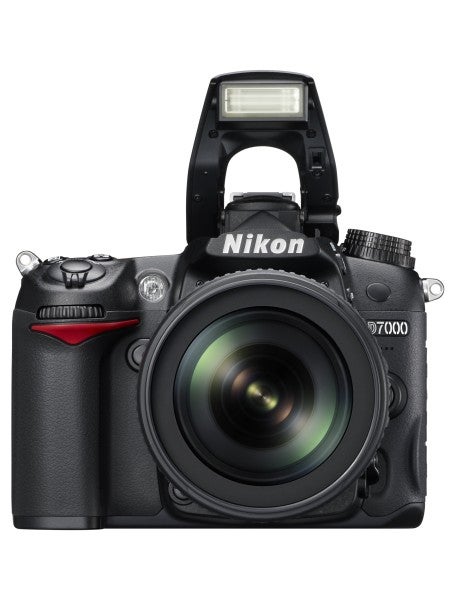
Some 39 auto focus points and the by now standard inclusion of AF tracking – here the grandly christened 3D tracking (following a subject not just across the frame but from back to front of frame also) likewise make an appearance, and very competent they are too, though when shooting our friend’s celebrations with several people moving about the frame we were naturally inclined to switch to manual focusing and pick out our intended target ourselves.
This being a semi-professional Nikon, we get the tank-like body construction to match/justify the price tag. About a third larger again than its maker’s equally new D3100 DSLR for beginners, the D7000 feels weighty with or without any optic attached at a body only 690g, so attaching the provided shoulder strap is a practical necessity if you’re going to be lugging it around most of the day. With a grip tall enough to wrap four fingers around, at least we were able to get a properly firm hold on the D7000 for shooting handheld, though an improvement would have been if its manufacturer had provided a finger moulded design for your digits to sink into, and for it to be made slightly wider still. A compatible battery grip is also available, if users do not just want back-up power, but something meatier to hold onto as well.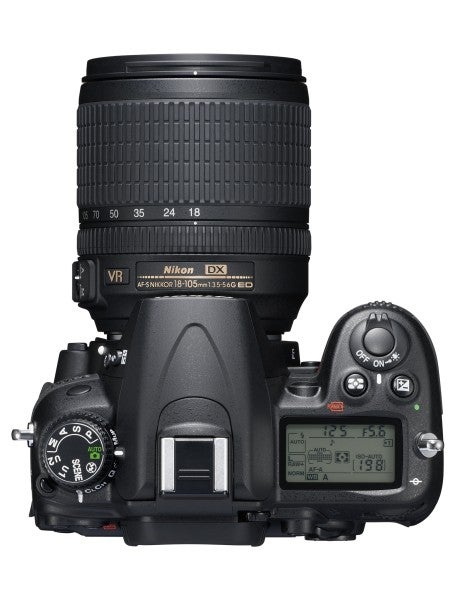
Naturally, we get HDMI output for hooking the camera up directly to a flat panel TV or monitor and this is hidden under a chunky rubber flat at the side where standard AV out and USB connections also lurk, along with a port for external (stereo) microphone attachment for budding videographers.
‘Chunky’ is a fitting description for this model though fortunately it remains usable with it, main controls falling readily within finger or thumb reach without too much of a stretch.
These include familiar front and back command dials to speed operation with a combined spin and button press, plus a 9-option shooting mode dial, including the creative regulars of program, aperture priority, shutter priority and manual. It omits however, the pre-optimised scene modes for shooting portraits, landscapes, night scenes et al found on the likes of the D3100 and more family friendly alternatives. That said there is a dedicated scene mode option, along with regular auto and a couple of user customisable settings. The dial itself has just the right amount of give, clicking firmly into place at each turn, while a second ring immediately below enables the camera’s various drives modes to be selected – and once selected, locked off.
Across the over side of the top plate and over the hump housing the pop-up flash with vacant accessory shoe, we get the aforementioned rectangular LCD display window, revealing which chosen settings are in currently in play without the user otherwise having to refer to the main screen, and equally enabling rapid adjustments. Dedicated buttons for altering metering and exposure (+/- 5EV) sit just in front, whilst buttons enabling one-press access to ISO and image quality settings sit to the left of the LCD at the back. A thumb press with the left hand, a twist of the rear command dial with the right, plus a glance down at the display window, and we were able to get at the settings we wanted in a thrice. There’s nothing unduly fiddly about this DSLR.
A flick of the on/off switch encircling the shutter release button and we were able to be up and shooting with the D7000 as fast as our forefinger could swap places from one control to the other. So from the off we were expecting response times from the camera that were almost instantaneous. We weren’t disappointed and in truth this is as it should be with a mid-range DSLR – you don’t want to be waiting for it to catch up. 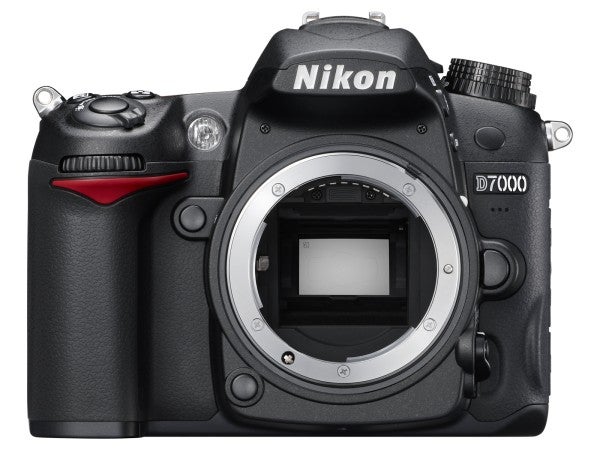
In single shot mode, whether shooting JPEGs or NEF (Nikon Raw) files, images are committed to card in a second or so, with a two second wait if shooting both in tandem. The noise of the shutter firing on the D7000 is just loud enough to signal that a shot’s been taken, without being overly intrusive for those attempting candid shots.
As we noted in our look at the D3100 from the same manufacturer, the option of shooting video requires first switching to Live View mode. You then hear the internal mirror mechanism flip out of the way, and can then press the red record button to record – so the capture of movie clips isn’t quite the instantaneous process it might be. As it stands, this is where mirrorless (Panasonic GF2, Sony NEX’s, Olympus E-PL1 Digital Pen) or translucent mirror (Sony Alpha A33 and A55) interchangeable lens alternatives have the advantage. Still, none of those models can boast the range of accessories and lenses that Nikon offers for the D7000 and budding videographer, to additionally include not only the battery pack but also the GP1 GPS unit. Black bands crop the screen when shooting video, the camera presenting a 16:9 widescreen aspect ratio.
As the D7000’s optical viewfinder is large, clear and offers 100 per cent frame coverage we otherwise didn’t actually find ourselves utilising the 3-inch LCD for Live View that much. The spongy rubber eye relief is also comfortable. If we had one wish when it comes to composing shots then, it would be to provide a tilt and swivel LCD screen at the D7000’s rear for those otherwise awkward low or high angle shots – which would have seen us employing it a lot more. They’re an increasing popular feature on DSLRs these days and when you’ve come from handling one with this feature to a camera like the D7000 without, it’s an omission you notice.
This device is not just about taking pictures however; there’s a degree of creativity involved at the review stage. We get the usual comprehensive array of in-camera retouching options here, plus the now de rigeur smattering of digital effects filters for stills, here doing the job of variously warming or cooling an image. The tweaked photograph is saved as a JPEG alongside the original, so you can always change your mind later.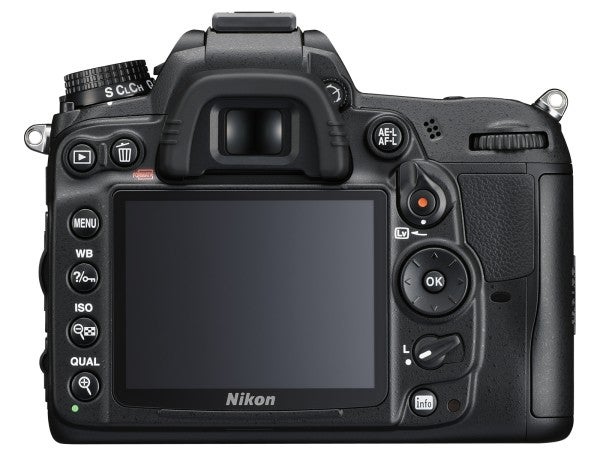
We were shooting mainly using natural light with the D7000 – both indoors and out – and were very impressed with the results we were getting from combination of sensor and supplied 18-105mm zoom lens. With an optic like that we did notice a degree of barrel distortion at maximum wide angle – better hidden when shooting natural subjects than man made ones – and to be picky images could do with being a tad sharper overall, whilst, as we found on the D3100, there’s a tendency to overexpose highlights if left to its own default settings. But, as we say, this feels like picking holes in an otherwise consistent and reliable performance, with colour rendition some of the most natural we’ve seen from a modern enthusiast DSLR. This is truly a camera for all seasons.
Verdict
The D7000 is a fantastic step up camera for those who have outgrown entry level digital SLRs or for those who want to upgrade from older mid-range models, with the advantage this time around of a bang up-to-date feature set for the Nikon range; the obvious advantages of Full HD video and optional extras such as GPS making it a true tool for the multimedia age. It’s also a sensible option for those amateur enthusiasts who land the odd paid job now and again, but who wouldn’t want (or necessarily need) all the extras, nor expense, of an actual pro DSLR.
Inevitably in a review of this length we can only touch on our own personal highlights, and suffice to say, lack of angle adjustable LCD aside, there is plenty of scope to get as much out of this camera as creative imagination will allow.
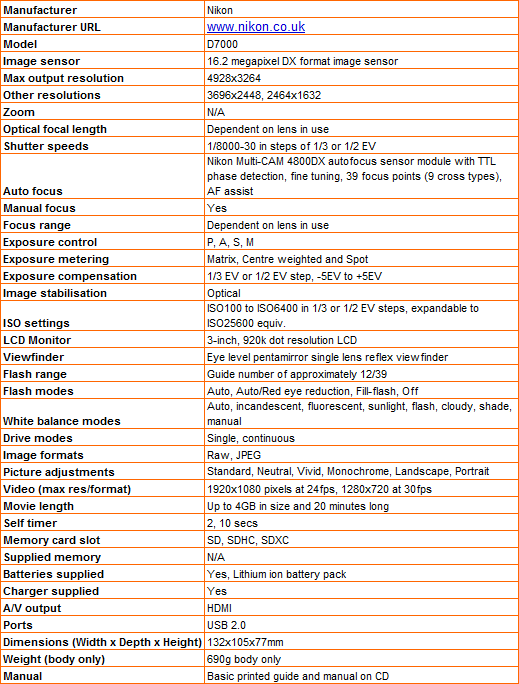
”Over the next few pages we show a range of test shots. On this page the full size image at the minimum and maximum ISO settings have been reduced to let you see the full image, and a series of full resolution crops have taken from original images at a range of ISO settings to show the overall image quality. These pictures were taken indoors using tungsten photoflood lighting. ”
—-
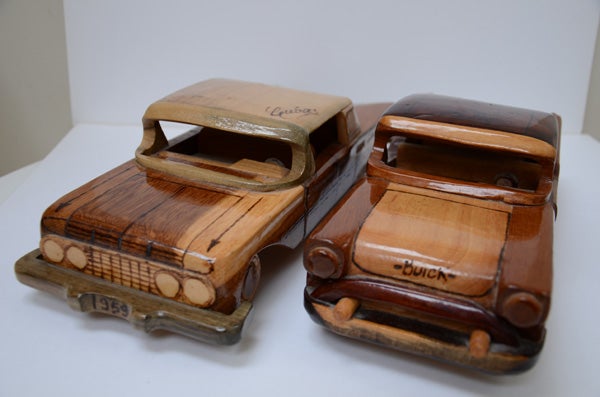
—-
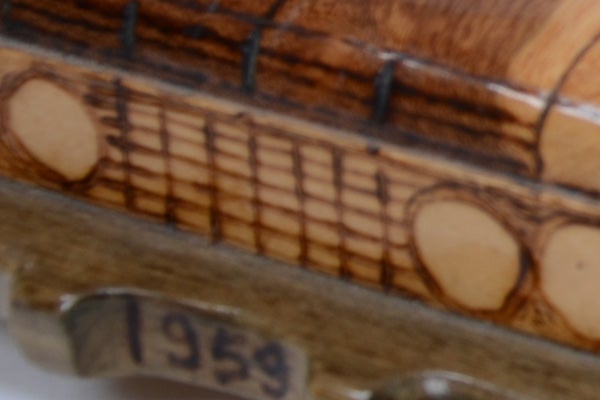
Full frame at ISO100 and we’re no expecting any noise with the D7000. Nor do we see it.
—-
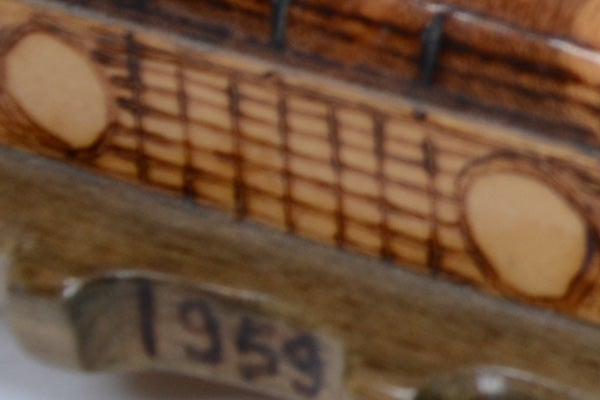
Same subject at ISO200 and similarly no image noise to report.
—-
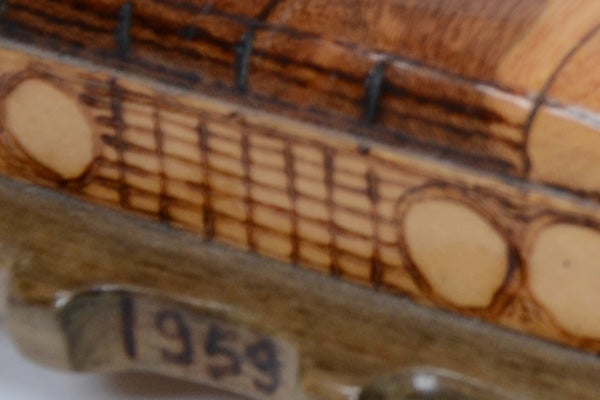
We’re at ISO400 and still we’re getting a clean, clear and crisp image.
—-
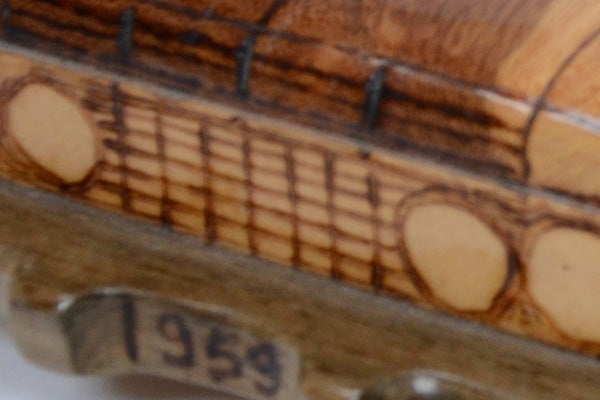
ISO800 and there’s noise creeping into shadow detail on close up inspection, but very, very fine in appearance.
—-
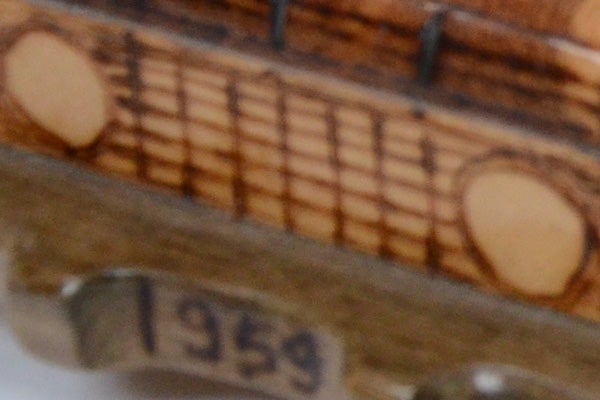
We’re at ISO1600 and commendably there’s barely any noticeable difference between this and ISO800.
—-
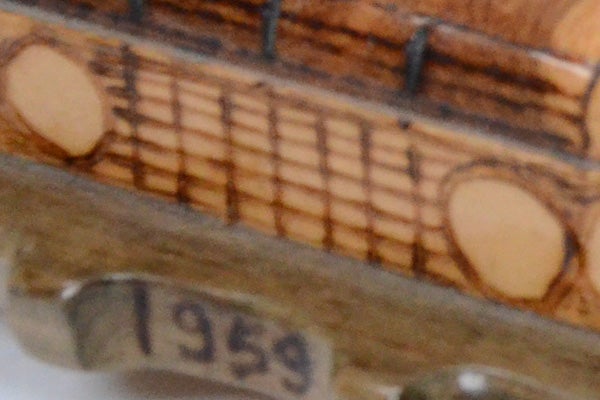
The same could be said of ISO3200, in comparison with ISO1600 and ISO800.
—-
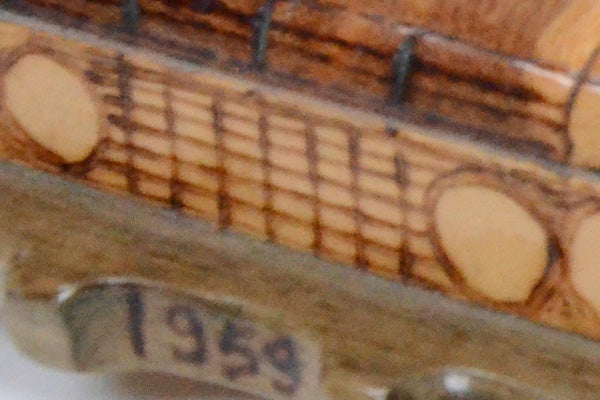
There’s very fine grain across the image at ISO6400 setting, but again you wouldn’t really notice its appearance unless you were searching for it.
—-
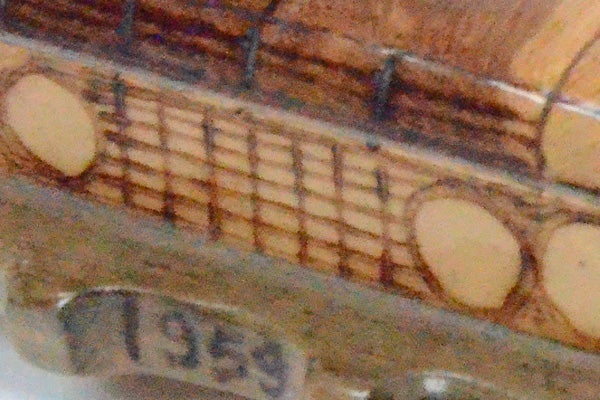
At maximum expanded Hi2, ISO25600 equivalent setting, we’re getting the tell tale speckled appearance of noise washing across the entire image – but this is no worse than most compacts manage at ISO1600, and an option to reach for when all else might fail.
—-
”’A selection of test shots are revealed on this page and next to act as an evaluation of the D7000 in a variety of shooting conditions and all with the supplied image stabilised 18-105mm test lens attached.”’
—-

This close up interior wide angle shot taken with the Nikon D7000 and lit only with natural daylight reveals bags of crisp detail, but tell tale barrel distortion witnessed in the apparently leaning bottles to the left side of frame.
”’Full res crop”’
—-
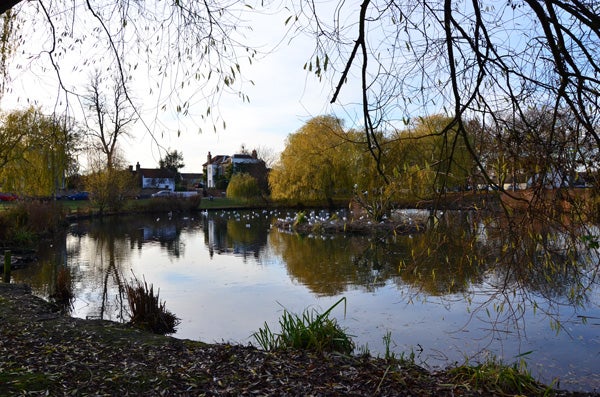
Another wide angle shot taken with 18-105mm kit lens attached, outside this time and with more natural shape and form absorbing and disguising any fisheye type effect. Plenty of fine detail too in the strands of the over-hanging tree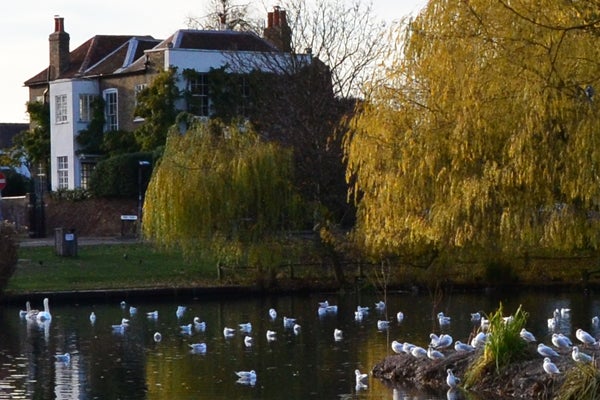
”’Full res crop”’
—-

The versatile, all-encompassing focal range of the supplied lens can be used not just for landscapes but portraits too, as here. Some loss of highlight detail due to sun streaming through window blinds. But these would be testing conditions for any digital SLR, and, again, overall a pleasing level of detail but flatteringly, not overly-sharp
—-
”’Here are some general test shots taken with the Nikon D7000 and 18-105mm lens as stated to give an idea of performance ability when it comes to image quality, dynamic range, colour rendition and the focal range of the respective optic.”’
—-
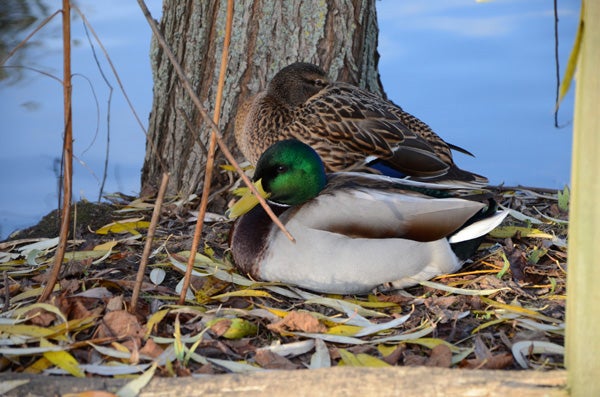
This handheld daylight telephoto shot with the kit zoom reveals a pleasing level of detail in the ducks’ feathers, as well as vibrant colour that doesn’t stray away from being naturalistic at the same time.
—-
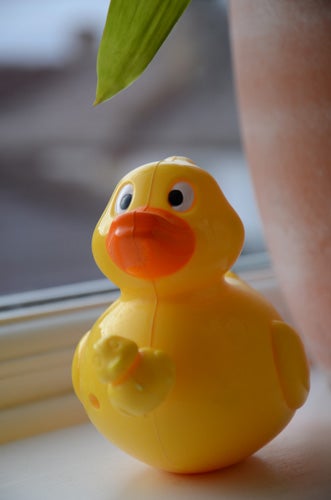
This close up telephoto shot reveals an attractively shallow depth of field and again the colour remains naturalistic whilst being flatteringly warm at the camera’s default setting.
—-
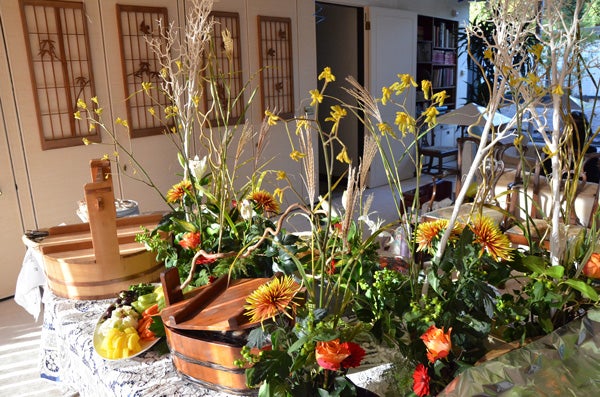
By contrast a wide angle interior shot – again we have barrel distortion visible towards the edges of the frame with leaning verticals, but the eye is otherwise drawn to the central portion of the image and the fine flower detail picked up by the kit lens. Again some loss of highlight detail but otherwise plenty of punch and depth to the shot.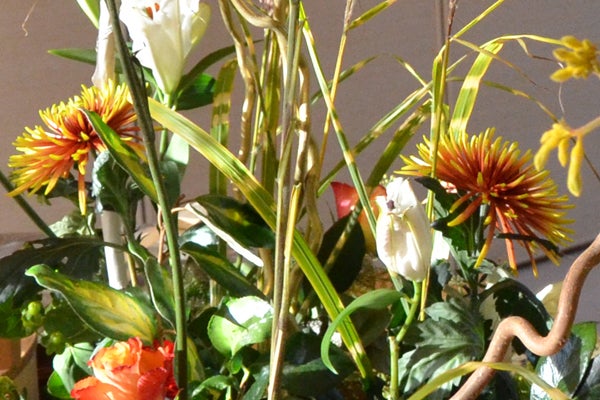
”’Full res crop”’
—-

This image of a pair of signets was a little flat straight out of the camera and is the only picture here that has been adjusted for levels to add a bit of contrast only. No chance of retrieving the missing highlight detail however.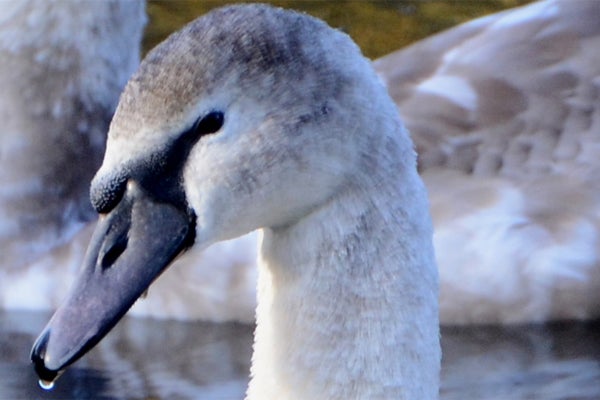
”’Full res crop”’
—-
Trusted Score
Score in detail
-
Value 8
Features
| Camera type | Digital SLR |
| Megapixels (Megapixel) | 16.2 Megapixel |
| Optical Zoom (Times) | N/Ax |
| Image Sensor | DX format |
| Optical focal length | Dependent on lens in use |
| Shutter speed | 1/8000-30 in steps of 1/3 or 1/2 EV |
| Auto focus | Nikon Multi-CAM 4800DX autofocus sensor module with TTL phase detection, finetuning, 39 focus points (9 cross-types), AF Assist |
| Manual focus | Yes |
| Max output resolution | 4928x3264 |
| Other resolutions | 3696x2448, 2464x1632 |
| Focus range | Dependent on lens in use |
| Exposure control | P, A, S, M |
| Exposure metering | Matrix, Centre weighted and Spot |
| Exposure compensation | 1/3 EV or 1/2 EV step, -5EV to +5EV |
| Image Stabilisation | Optical |
| ISO settings | ISO100 to ISO6400 in 1/3 or 1/2 EV steps, expandable to ISO25600 equiv |
| LCD Monitor | 3-inch, 920k dot resolution LCD |
| Viewfinder | Eye level pentamirror single lens reflex viewfinder |
| Flash range | Guide number of approximately 12/39 |
| Flash modes | Auto Flash, Flash ON, Flash OFF, Slow Sync, Rear-curtain Sync, Red-eye Reduction, Accessory Shoe, Built-in Flash |
| White balance modes | Auto, Auto/Red-eye reduction, Fill-flash off |
| Drive modes | Single, continuous |
| Image formats | Raw, JPEG |
| Picture adjustments | Standard, Neutral, Vivid, Monochrome, Landscape, Portrait |
| Video (max res/format) | 1920x1080 pixels at 24fps, 1280x720 at 30fps |
| Movie length | Up to 4GB in size and 20 minutes long |
| Self timer | 2, 10 secs |
| Memory card slot | SD/SDHC/SDXC |
| Supplied memory | N/A |
| Batteries supplied | Lithium ion pack |
| Charger supplied | Yes |
| A/V output | HDMI |
| Charging/Computer Connection | USB 2.0 |
| HDMI | Yes |
| AV Out | Yes |
| Manual | Basic printed guide, full manual on CD |
Physical Specifications
| Dimensions Width (Millimeter) | 132mm |
| Depth (Millimeter) | 105mm |
| Weight (body only) (Kilogram) | 690g body onlykg |

